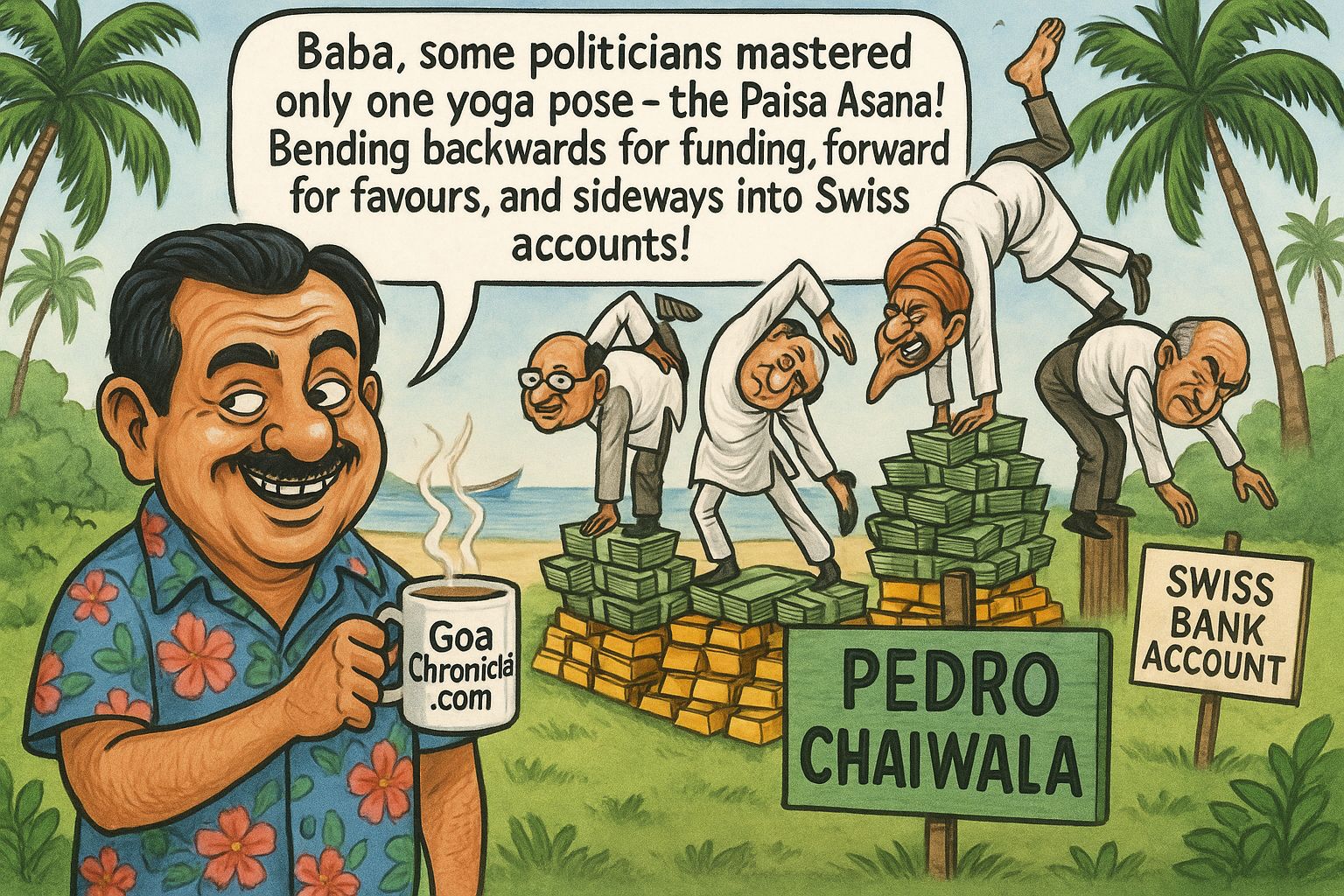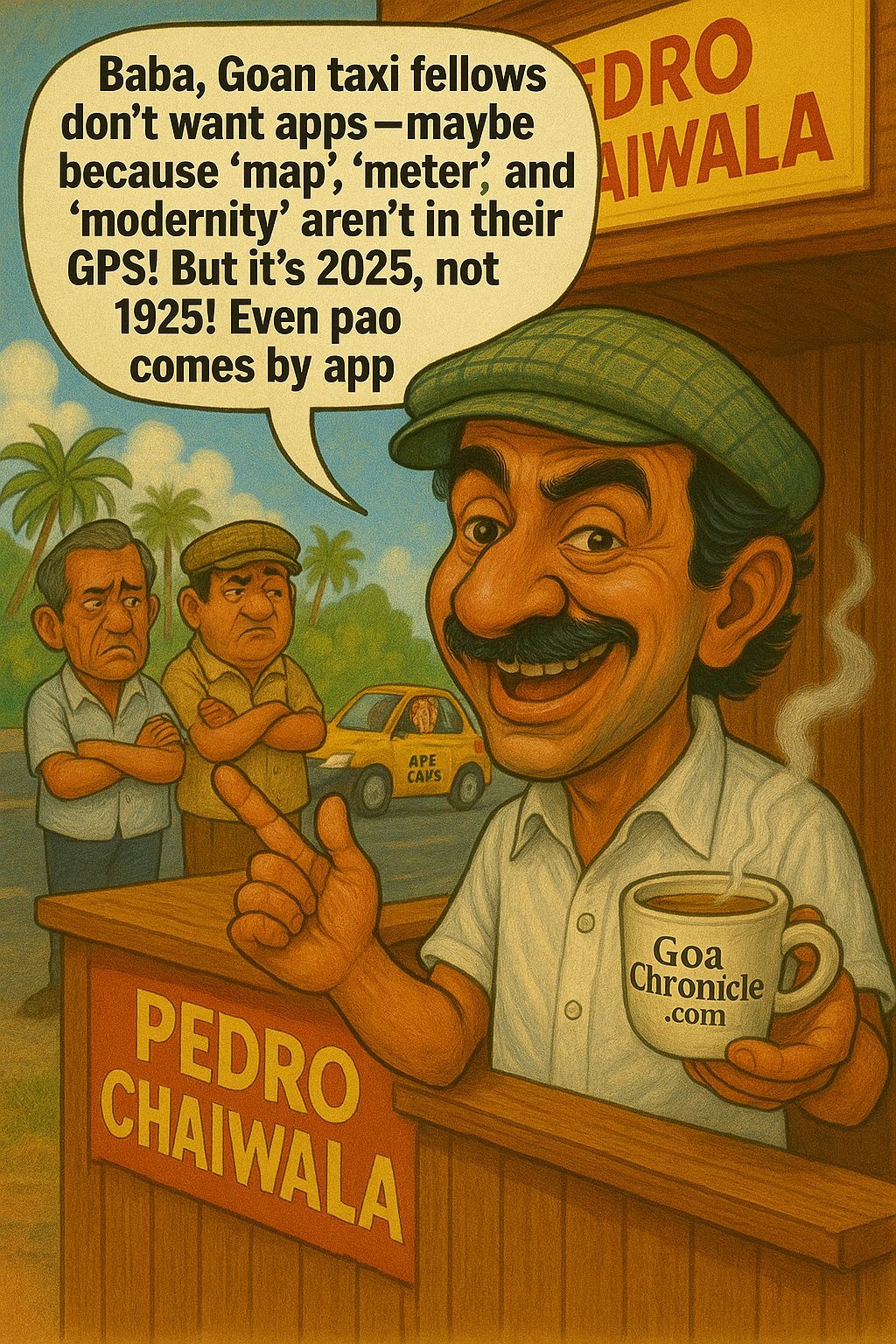In the intricate game of geopolitical chess, it is not always brute strength that wins the war, but strategic intellect, patience, and the calibrated use of power that eventually determine who gains the upper hand. The recent terror attack in Pahalgam, which resulted in the tragic loss of innocent lives and security personnel, has once again brought India face to face with its long-time adversary — Pakistan. But this time, the winds of response are different. The Indian state, under Prime Minister Narendra Modi’s leadership, has displayed a well-calculated, Chanakyan approach — subtle yet sharp, silent yet loud in impact.
Chanakya, the ancient Indian political strategist and economist, whose thoughts are more relevant today than ever before, once said: “Do not reveal what you intend to do; keep them confused, for in confusion lies the beginning of your victory.” That very doctrine seems to be the operating principle behind India’s post-Pahalgam strategy. This is not a response made in emotional haste, but a surgical recalibration of policy — one where every move is made by understanding the enemy’s weaknesses and using them to our advantage.
Let us be clear — Pakistan is not just a neighbour; it is a deeply fragmented state battling internal demons of political instability, economic bankruptcy, and rising extremism. Its army, which puppeteers the civilian government, thrives on a narrative of perpetual hostility with India to justify its dominion. However, this very structure is also its greatest vulnerability. Chanakya taught us to always hit where it hurts the most. India seems to have absorbed this principle with clinical precision.
After the Pahalgam attack, there was no knee-jerk military retaliation like in the past. No fiery cross-border raids immediately declared on television. Instead, India began weaving a multi-layered response — one that struck at Pakistan’s economic desperation, diplomatic standing, and internal credibility. In short, India chose to exploit its enemy’s weaknesses rather than simply feed the cycle of predictable escalation.
Chanakya famously stated, “Before you start some work, always ask three questions – Why am I doing it, What the results might be, and Will I be successful.” India seems to have asked these questions before deciding not to rush into any hasty military adventure. Instead, India silently activated its levers in global trade and financial circles. One such pressure point has been the use of its growing influence in the Gulf and with the Financial Action Task Force (FATF).
Pakistan’s struggling economy is heavily dependent on remittances, IMF bailouts, and loans from China and the Gulf. Post-Pahalgam, India has quietly reopened diplomatic dialogues with key allies in the Middle East, exposing Pakistan’s duplicity — funding terror under the guise of Islamic solidarity. Sources indicate that intelligence dossiers were shared discreetly, not for press consumption, but for strategic embarrassment.
Pakistan thrives on victimhood. But India denied it the opportunity. Instead of reacting with loud fury, India chose the Chanakyan path of strategic suffocation — applying pressure where Pakistan cannot scream foul without admitting its sins.
Chanakya’s four pillars of diplomacy — Saam (negotiation), Daam (incentives), Dand (punishment), and Bhed (division) — have all been deployed with finesse.
Saam and Daam: India has strengthened its narrative in global diplomacy, particularly with the US, EU, and ASEAN nations. Instead of asking for support, India is offering a vision — a stable South Asia without the cancer of cross-border terrorism. The world is listening. New Delhi’s strategic outreach has ensured Pakistan’s isolation isn’t through slogans but through tangible actions: trade barriers, reduced cultural exchanges, and denial of bilateral engagements unless terror is tackled.
Dand: Retribution is not off the table. Indian covert operations across the border have reportedly been intensified. However, these are no longer media circuses but silent shadows — deniable, efficient, and terrifying. Let Pakistan keep guessing. That, in itself, is a psychological war.
Bhed: Perhaps the most Chanakyan move has been the subtle encouragement of civil disobedience and frustration within Pakistan’s own territory. India’s media and cyber warriors have started pushing narratives that highlight Pakistan’s failing governance, the plight of Baloch, Sindhi, and Pashtun communities, and the corrupt nexus between the army and terrorist outfits. The goal is not just to expose, but to divide — to make the people of Pakistan question their own power structures.
India has, since 2016’s surgical strikes, transitioned from a reactive to a proactive intelligence doctrine. After the Pahalgam attack, the Indian intelligence ecosystem was not just collecting evidence — it was tracking, disrupting, and dismantling the terror network that facilitated the attack. Reports suggest that key assets within Pakistan-occupied territories have been activated, and actionable intelligence is being quietly used to disrupt future plots.
Chanakya’s dictum — “The enemy’s enemy is your friend” — is now central to India’s evolving doctrine. Baloch rebels, Afghan intelligence networks, and even disillusioned elements within Pakistan’s polity are being courted, not to incite war, but to build a web of resistance that slowly tightens around Pakistan’s military-jihadi complex.
India’s approach after Pahalgam has also been marked by careful control of narrative. In the Chanakyan school of thought, silence is not weakness; it is strategy. Every statement made by Indian ministers and security advisors post-attack has been measured, devoid of rhetoric, and focused on intent rather than chest-thumping.
This has had a dual effect. Domestically, it signals resolve. Internationally, it signals responsibility. And to Pakistan — it signals unpredictability, the greatest psychological weapon in any war. They no longer know when or where India might hit. That confusion is a battlefield in itself.
In a world obsessed with immediacy, India’s Chanakyan response to the Pahalgam attack is a lesson in strategic patience, quiet ruthlessness, and psychological warfare. We are witnessing a new India — one that understands the futility of optics and the power of outcomes.
Pakistan may have fired the first shot in Pahalgam, but India has chosen to respond not with a bullet, but with a blueprint — a long-term dismantling of Pakistan’s terror ecosystem through economic, diplomatic, psychological, and covert means.
Chanakya once said, “A person should not be too honest. Straight trees are cut first and honest people are screwed first.” India has finally chosen not to be a straight tree. It has decided to be a banyan — expansive, wise, and resilient. It will no longer react. It will act.
And that is what Pakistan fears the most. Pakistan will die. India will not kill it.































